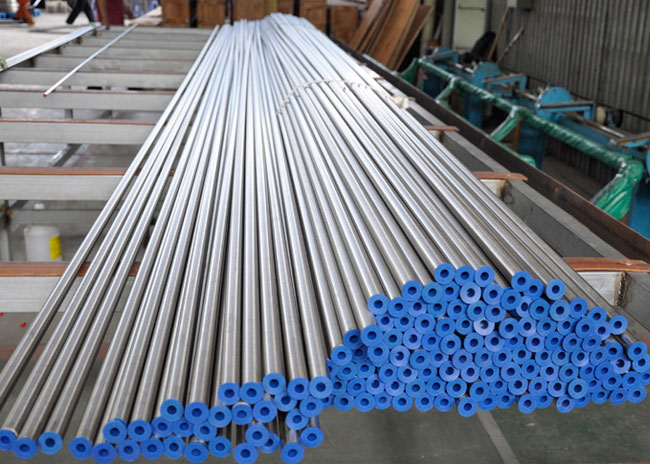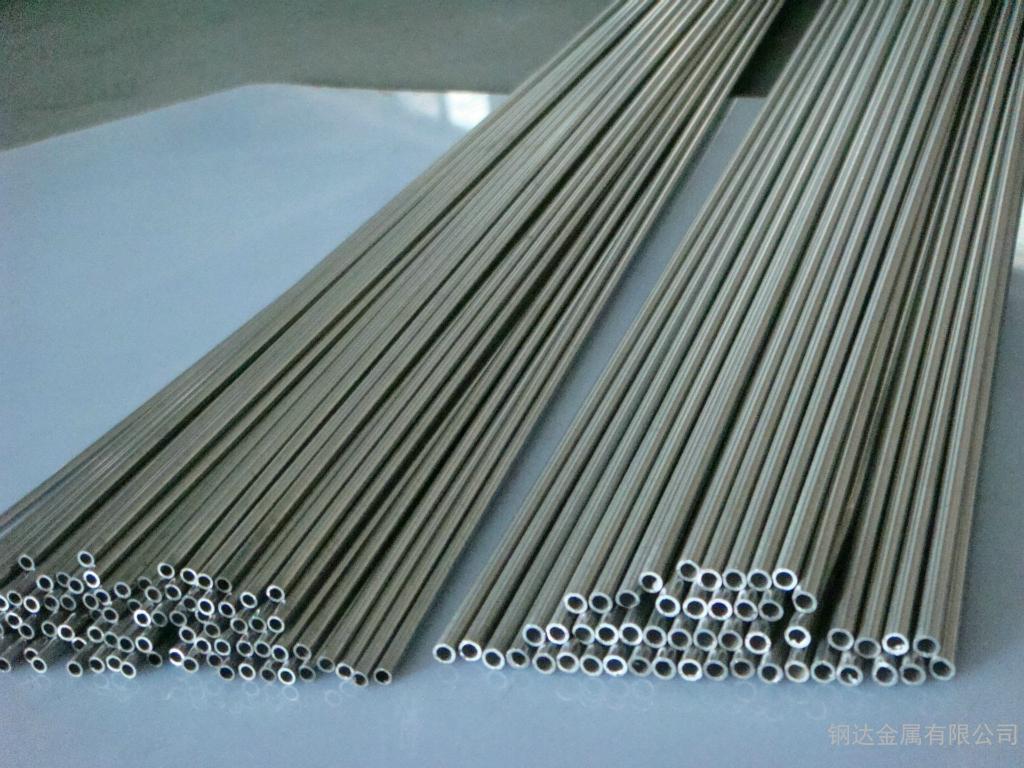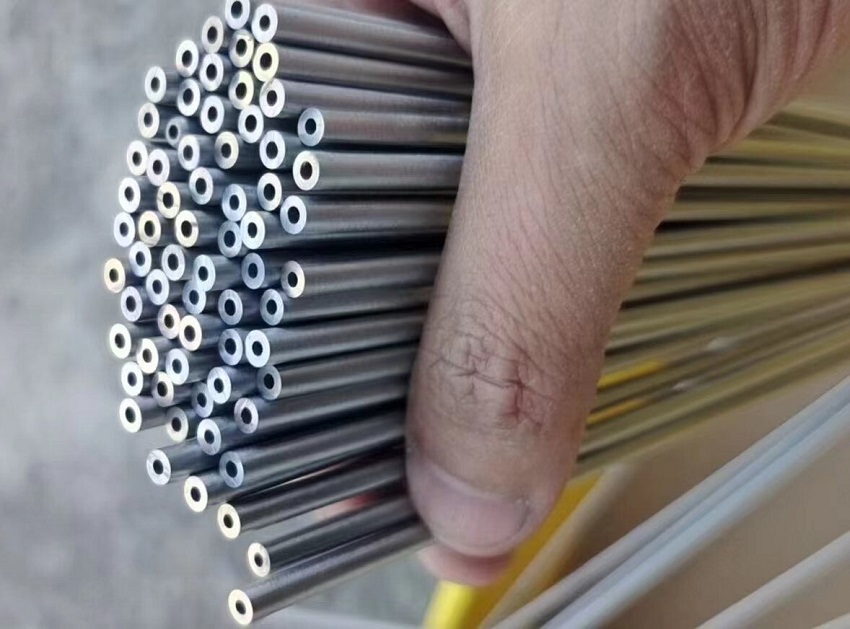Inconel vs Hastelloy: Corrosion Resistance & High-Temp Applications
In high-temperature and corrosive environments, both Inconel and Hastelloy exhibit unparalleled advantages, making them essential choices across various industrial sectors. As critical nickel-based alloy tubes and high-temperature materials, these two alloys play a core role as corrosion-resistant tubing in industries such as oil and gas, chemical processing, aerospace, and nuclear power. This article aims to provide an in-depth comparison of Inconel and Hastelloy, helping procurement engineers evaluate and select the most suitable alloy based on high-temperature resistance, corrosion resistance, and overall engineering applicability.
Next, we will take a closer look at the fundamental composition of these two alloys—particularly their chemical composition and strengthening mechanisms. A detailed comparison of these aspects will not only help us understand their respective advantages but also provide a more scientific basis for material selection in engineering applications.
Inconel alloys are primarily nickel-chromium alloys.
Hastelloy alloys are primarily nickel-molybdenum-chromium alloys.
|
|
Inconel Alloy |
Hastelloy Alloy |
|
Base element |
Ni-Cr based |
Ni based |
|
Main strengthening elements |
Al & Ti |
Mo & Cr & W |
Key Differences Between Inconel and Hastelloy
1. Composition Ratio:
Inconel alloys have a higher chromium content, which enhances their oxidation resistance at high temperatures.
Hastelloy alloys contain a higher molybdenum content, making them more corrosion-resistant, particularly in environments containing hydrochloric acid.
2. Role of Strengthening Elements:
Inconel alloys: Aluminum and titanium contribute to improved high-temperature strength and oxidation resistance.
Hastelloy alloys: Molybdenum, chromium, and tungsten primarily enhance corrosion resistance.
3. Properties:
Inconel alloys: These are typical high-temperature alloys, specifically designed for extreme heat (up to 1200°C) and oxidation-prone environments.
Hastelloy alloys: These are corrosion-resistant alloys that can also withstand high temperatures to some extent but are mainly designed for superior corrosion resistance, particularly in low-to-moderate temperature corrosive environments.
Performance Differences Due to Composition
High-Temperature Suitability:
Inconel alloys: With high chromium content (>20%) and Al/Ti strengthening, they exhibit excellent oxidation resistance in environments ranging from 800-1000°C.
Hastelloy alloys: Due to lower chromium content, they are more prone to oxidation instability at prolonged high temperatures. However, they remain stable in a wide temperature range, from cryogenic (-196°C) to moderate high temperatures (below 600°C).
Corrosion Resistance in Different Media:
Inconel alloys: Perform better in oxidizing acids such as nitric acid and phosphoric acid.
Hastelloy alloys: With high Mo (15-17%) and W (3-4.5%), they offer exceptional resistance in hydrochloric acid, sulfuric acid, and chloride-containing solutions, with a corrosion rate 1-2 orders of magnitude lower than Inconel in these environments.
Processing Characteristics Comparison
Inconel alloys: Prone to work hardening during machining, with a narrow hot-working temperature range.
Hastelloy alloys: Due to high Mo content, the work-hardening rate exceeds 80%, requiring intermediate annealing (recommended annealing temperature: 1150°C).
Welding Performance Comparison
Inconel alloys: Moderate welding difficulty, though some grades (e.g., Inconel 718) are sensitive to hot cracking.
Hastelloy alloys: Generally easier to weld, with lower susceptibility to cracking.
Core Competitive Characteristics Comparison
|
|
Inconel Alloy |
Hastelloy Alloy |
|
Core Characteristics |
High temperature oxidation resistance Creep resistance |
Extreme corrosion resistance Local corrosion resistance Wide temperature range adaptability |
Application Environments and Industry Guide
|
Material |
Application Environments |
Application Industries |
|
Inconel Alloy |
Extreme High-Temperature Oxidation Environments |
Combustion chambers of aircraft engines |
|
High-Temperature Creep-Sensitive Conditions |
Turbine disks of gas turbines |
|
|
Strong Oxidizing Acid Environments |
Nitric acid production equipment |
|
|
Hastelloy Alloy |
Strong Reducing Acid Environments |
Hydrochloric acid (concentration ≥10%) Hydrofluoric acid (HF) |
|
Chloride-Containing Wet Corrosion Environments |
Seawater cooling systems Oil and gas extraction pipelines
|
|
|
Complex Mixed Acid Conditions |
Pharmaceutical industry reaction vessels |
Applicable Temperature:
Inconel alloy: >600℃
Hastelloy alloy: <300℃
Global Supply Expertise: Precision-Crafted Inconel & Hastelloy Tubes for Critical Industries
We supply Inconel and Hastelloy nickel alloy tubes in the following grades. Sizes can be customized according to customer specifications, and third-party inspection is accepted.
Inconel: 600/601/625/718
Hastelloy: C-276/C-22/C-2000/B-3/B-2

Inconel vs Hastelloy Tube
请输入搜索关键字
确定






